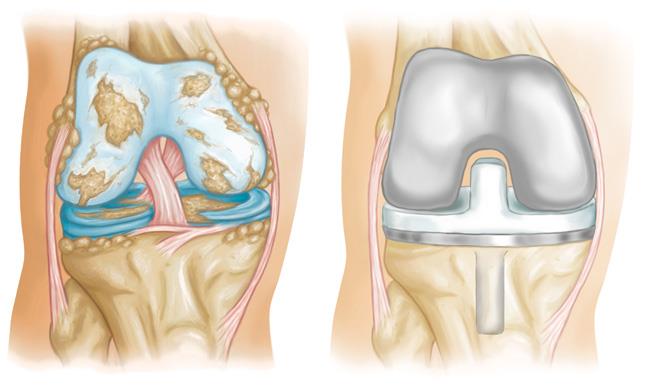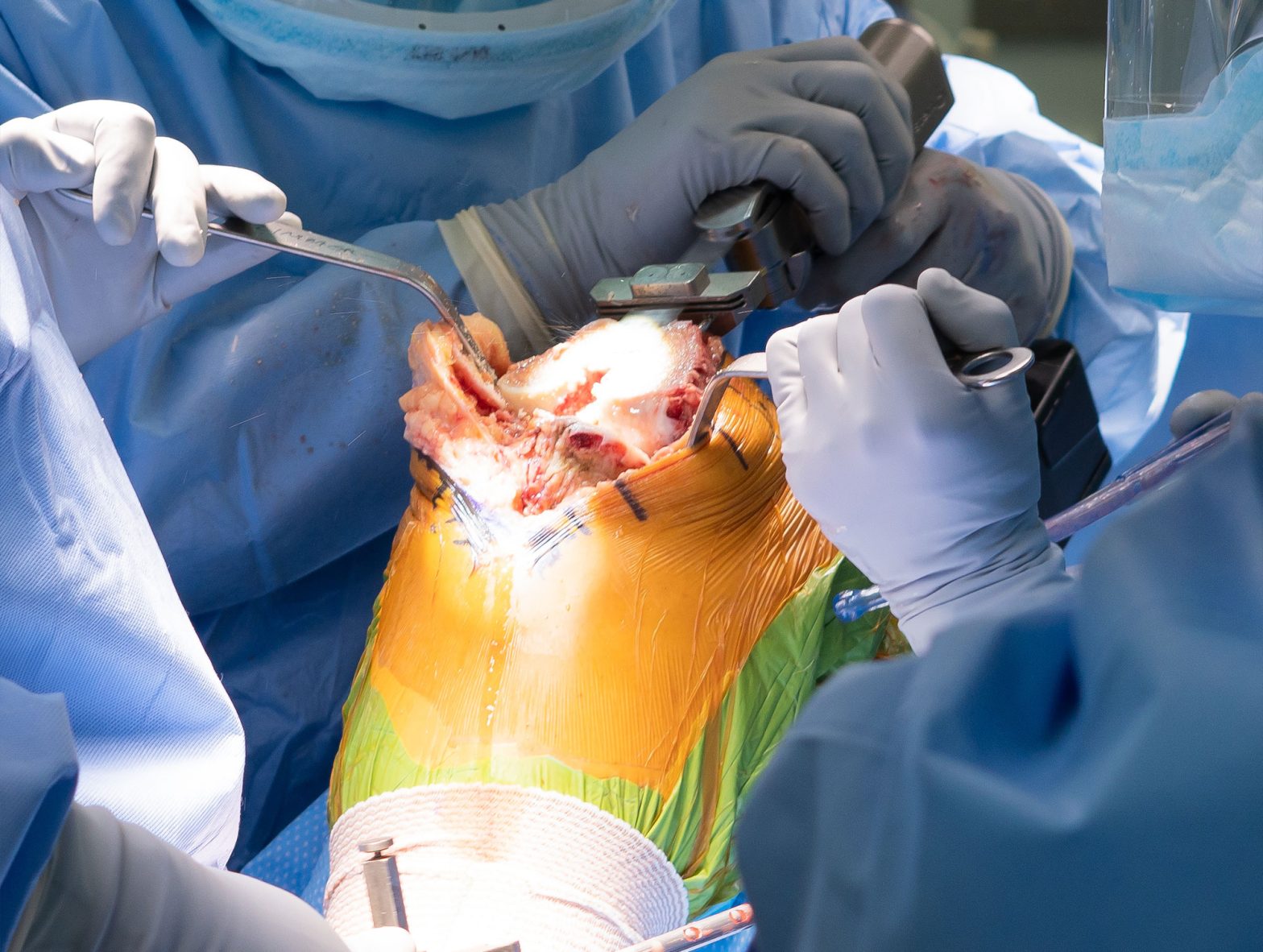Surgery is no doubt a subject that you will learn when you study MBBS course in Ireland. There are many surgical procedures that you will go through based on the corresponding body parts, such as a knee replacement surgery.
Knees help us walk or run like a proper human being, and they harbor one of the largest and most complex joints in the human body. The main three joints that you will at least be familiarized with are the tibia, femur and patella.
At some point in your life, maybe you get into an accident that costs one of your knees’ cartilages, or maybe they wear out as you advance in age. Either way, assuming that your knees are still intact on the surface, the bones need to be replaced with prosthesis.
So how does a knee surgery is carried out?
Shaping the bones
After you are put into anesthesia so you feel like you travelled through time in your consciousness to wake up mere minutes later in your head, your knee’s skin and muscles will be retracted to expose the tibia, femur and patella. Your knee will be bent up to 90 degrees or so for better access.
Each bone will be cut and shaped according to the prosthetics that they will be fitted with to replace themselves. Now you might imagine that the bone saw cuts thick portions of your bones, but that isn’t the case.
In contrast, the portions are always very thin, just enough that there is so much of them left in your knee. After all, the idea is to not cut, but reshape your bones so they match with the prosthesis which the shapes, especially the femur, must fit like a glove on your bones.
Testing the prosthetics
After the reshaping is done, holes are also drilled into your bones based on their respective prosthesis. The following prosthetics consist of a femoral component for your femur, a tibial component for your tibia, a plastic spacer between the two bones to create a smooth gliding surface, and a plastic button to resurface your patella.
Depending on the nature of the surgery, patellas are sometimes not resurfaced and are left as it is in its original form should it not be damaged too.
The surgeons will first fit your bones with trial prosthetics. Essentially, they are designed to replicate the actual variants to ensure that your knee is ready for them.
Trial prosthetics are fitted without any applications of bone cement at all. Your knee will then be moved to see whether it will keep the prosthetics in place like actual bones. Once this is confirmed and there are no gaps between them at all, the real prosthesis can be placed.
Placing the actual prosthesis

A bone cement will be mixed and applied on your femur, tibia and patella before being fitted with the true, metallic implants, save for the plastic spacer and the button for your patella. Any excess cement is scraped off and thrown away.
Next, your leg will be laid flat on the surface for the cement to harden beneath your prosthesis, which can take up to 15 minutes. Once your knee is tested again and confirmed to be okay, the incision made on the muscle tissue and skin can now be closed with either a suture or surgical stapler.
